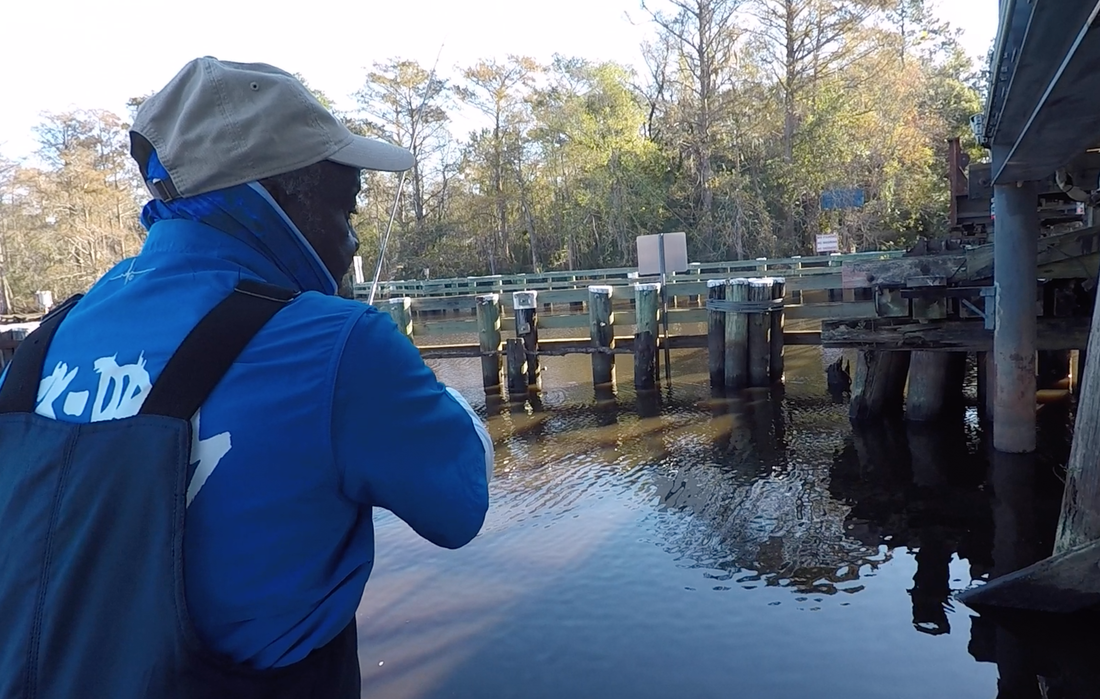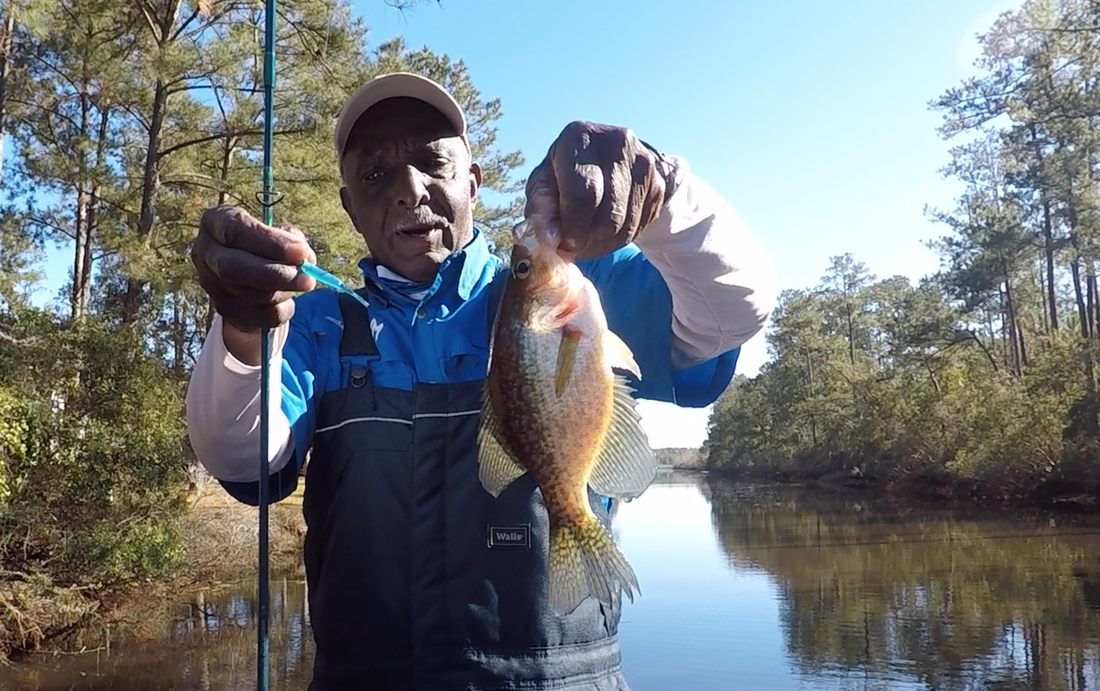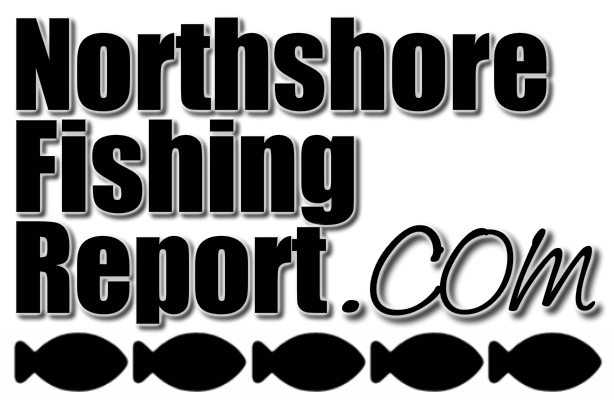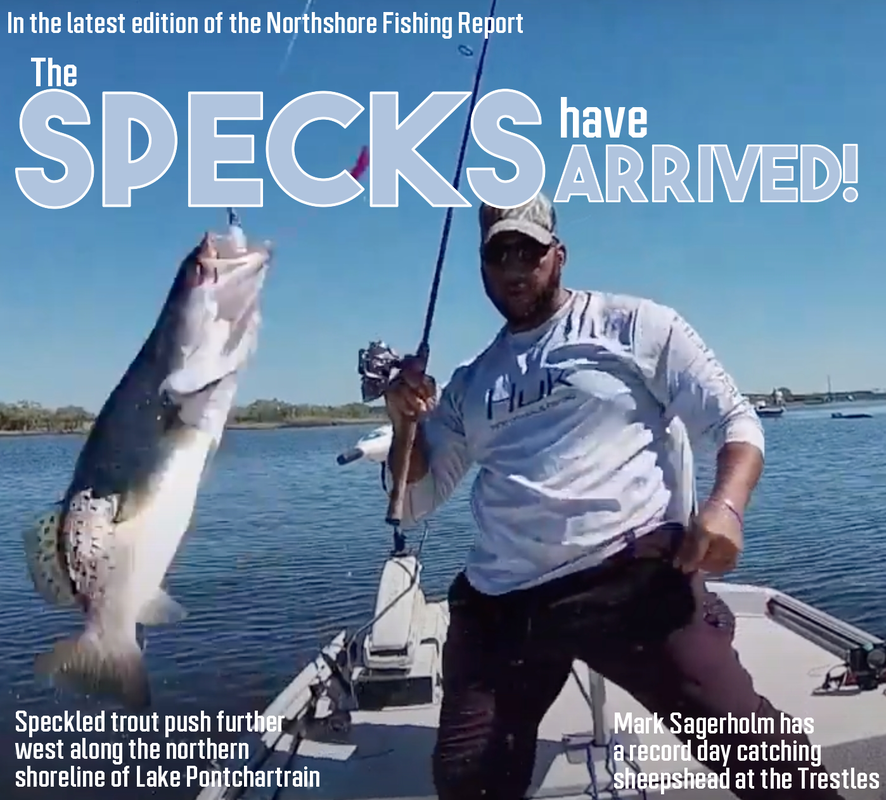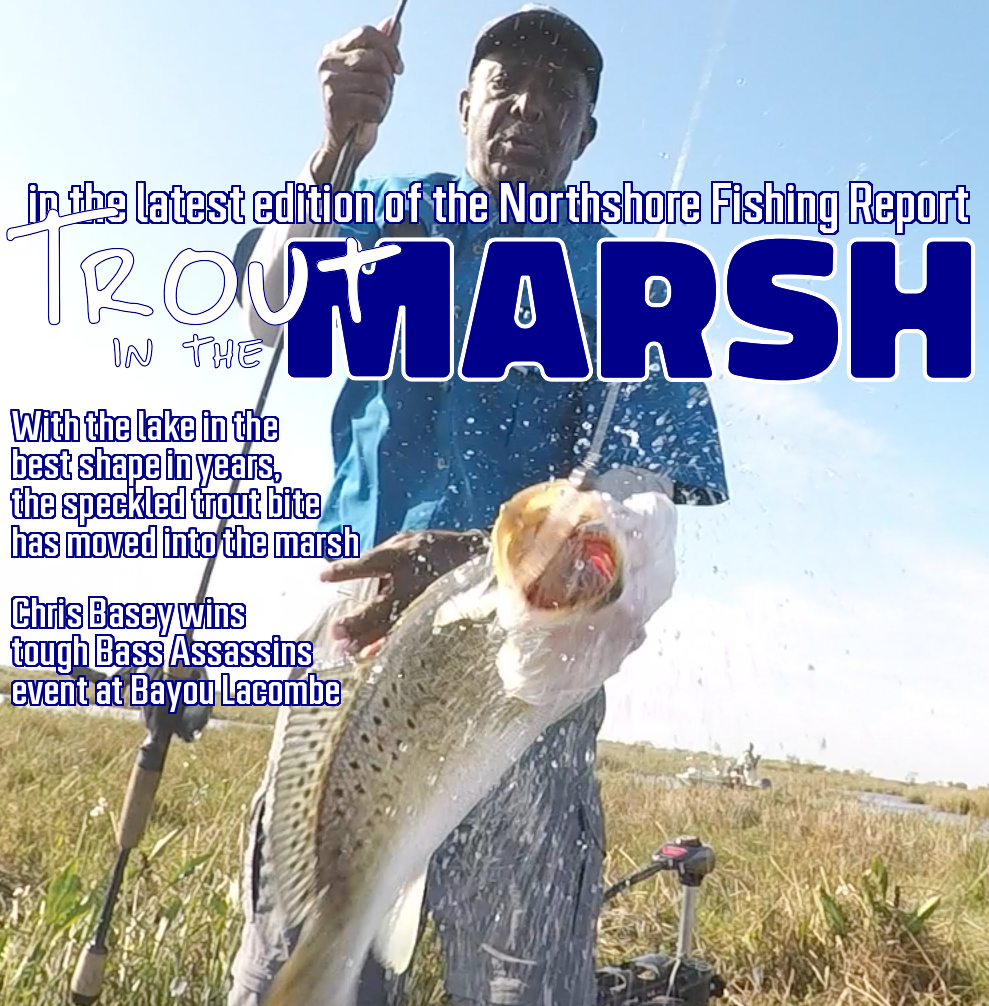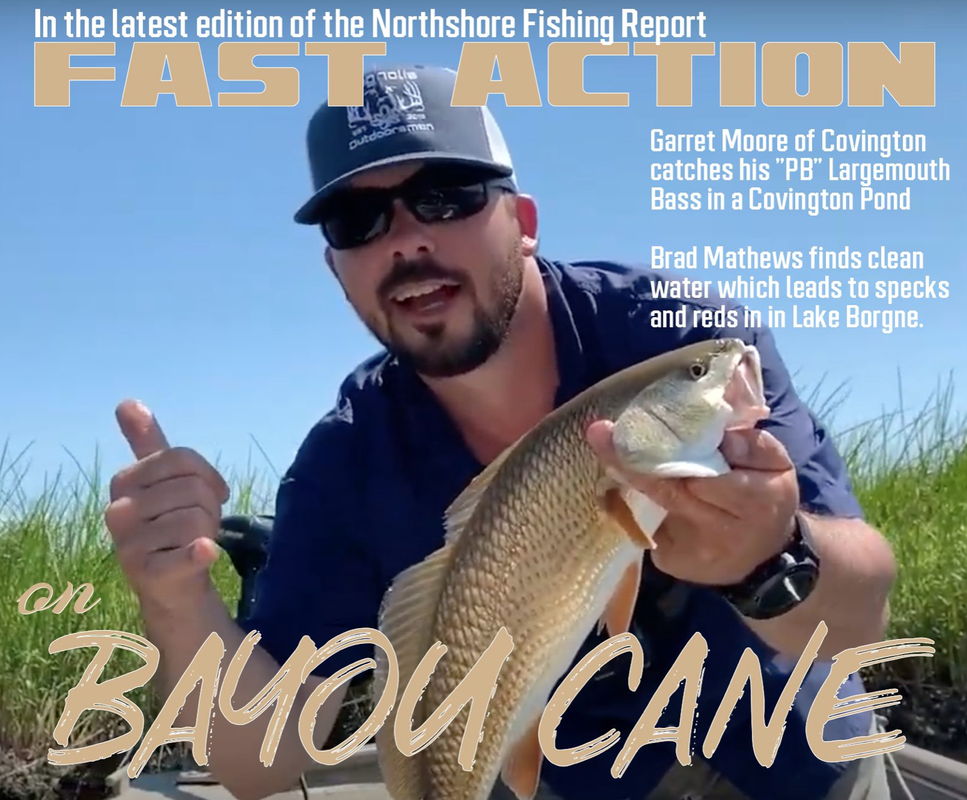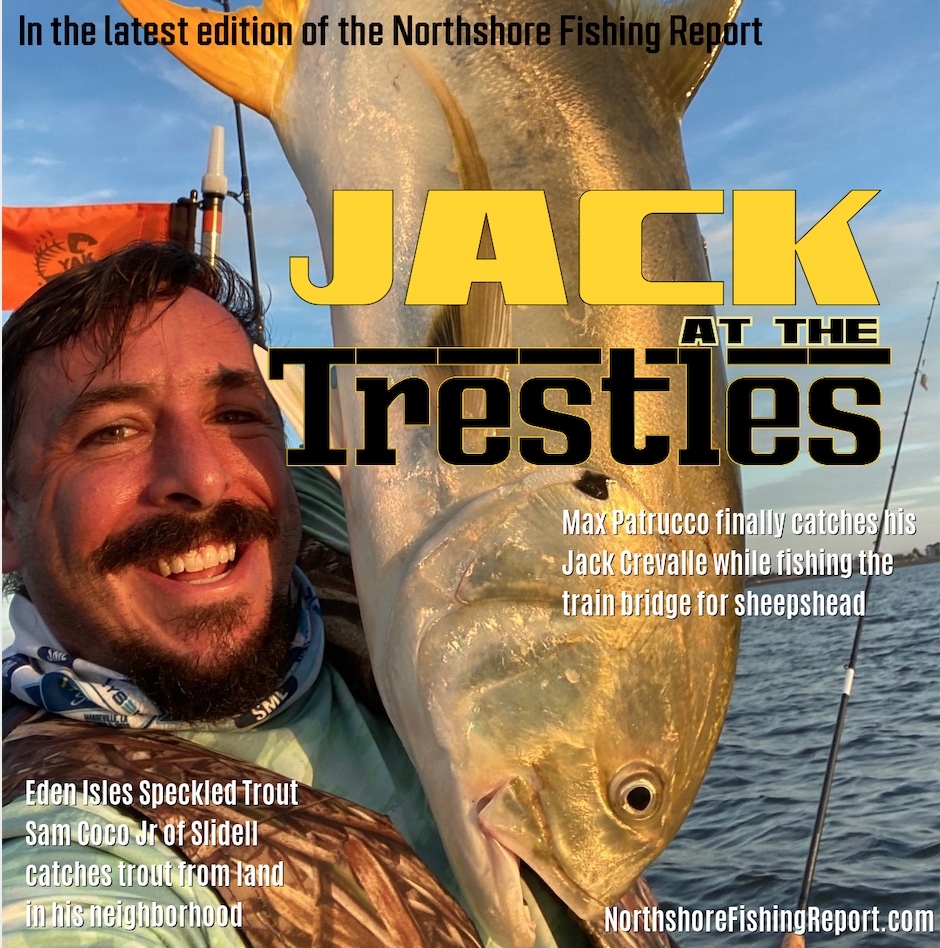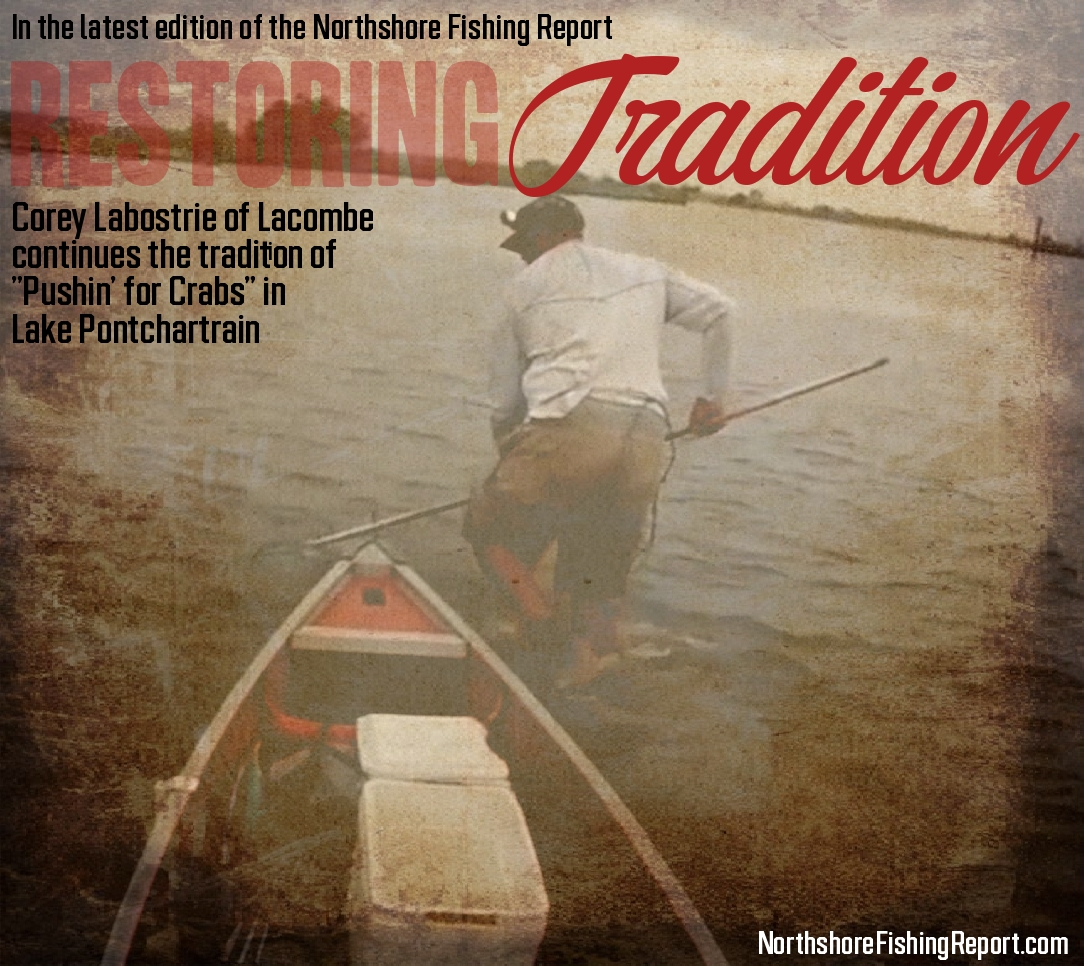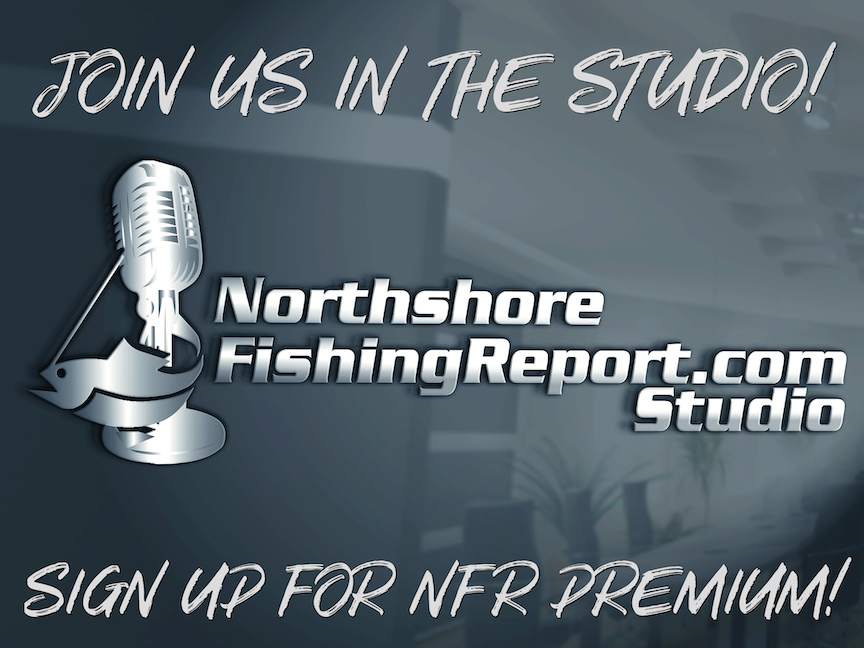|
Using Corks to Target Deep Water Sac-a-lait
 Keith Lusher Keith Lusher
Wintertime has officially made it to St. Tammany Parish. Overnight low’s in the 30’s and daytime highs in the 50’s has forced fish deeper in the rivers and bayous that span the Northshore. For most sac-a-lait anglers the furthest thing from their minds is fishing the shoreline. Even further from their minds is using a cork.
Forrest Green of Lacombe admits he likes sac-a-lait fishing in December because he gets to catch slabs in over 10 feet of water. “There’s nothing like bouncing that jig along the bottom and feeling that thump when the white perch jumps on it,” he says. While Green loves catching sac-a-lait in deep water that does’t necessarily mean that he leaves the corks at home in the winter. Bayou Lacombe, like most tributaries on the Northshore, is chock full of fallen trees which can wreak havoc on fisherman attempting to get their jigs down into where the crappie are. The fish are often tightly grouped in the winter and getting snagged on the structure that they are gathered around can spook the school which in turn causes the fish to vacate the structure.
Green errs on the side of caution if he thinks the branches pose too much of a threat of getting snagged. “If I know the branches down there are just too thick for me to bounce my lure through, I’ll put a cork on my line and rig it so it hovers right over the structure,” says Green. “That allows the lure to be in the strike zone of the white perch while staying just above the branches.” Green adjusts the depth accordingly and says he’s been known to use a cork in water as deep as 10 feet. 
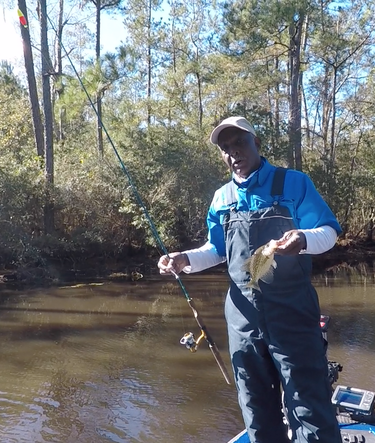 Green catches a sac-a-lait in a dead end canal without much current Green catches a sac-a-lait in a dead end canal without much current
Like most fisherman, Mr. Green can be awfully picky about how his fishing equipment performs. As far as corks go, he makes a small modification that allows the cork to become more buoyant. He purchases two weighted corks, a 2-inch cork and another thats 1.5 inches. “I’ll take that lead weight that’s wrapped around the bottom of the 1.5-inch cork and put the lighter weight on the larger cork,” he says. This eliminates the cork from being too weighed down when I add the 1/16 oz. jig head to the end of the line.”
Green uses an ultralight rod and reel with 8 lb. test. His favorite lure is a 1.5 inch tripletail plastic minnow made by Speck-Drum. He says the blue colored lures have been performing best during the cold weather. “My favorite color to use right now is the Blue Angel color which is a royal blue color with silver flakes.” When it comes to spots to fish, sac-a-lait anglers hold their cards close to the vest. Green does as well however he does recommend starting north of the Main St. Launch in Lacombe. “You’ve got to do your homework when it comes to these fish. Work your way down the bayou fishing in 8-12 feet of water and pay attention to where you pick up fish,” he says. Often times they’ll be more there and you can mark that spot on your electronics so that you can try it again in the future. After you compile a list of spots, then your fishing trips are about fishing those spots and not searching the entire bayou for fish.” One tool that he recommends is a marker float which consists of a cork with thin line wrapped around it and a weight. When Green finds a stump that the crappie are clinging to, he tosses the float on top of the spot and the weight sinks to the bottom leaving the float on the surface allowing him to identify where the stump is.
While Green likes to fish the main bayou, there are conditions that will force him to fish the dead-end canals that feed into Bayou Lacombe. “The white perch in Bayou Lacombe don’t like a strong current so if I see that the water is moving too fast in the main bayou, I’ll make a move to find still water,” he says. Green has been catching anywhere from 20-30 sac-a-lait per trip this month and says it’s great to see crappie fishing getting back to where it once was before Hurricane Katrina. The storm pushed a wall of saltwater from the Lake into the bayou annihilating the crappie population. “It’s getting better and better with each year that passes and this year looks to be the best year we’ve had since the storm,” Green adds. |
 Keith Lusher Keith Lusher
I created NFR.com in the spring of 2012. Since then it has helped link Northshore fishermen to valuable information and has filled the void of absent information on the web about fishing on the North Shore of Lake Pontchartrain. Northshore Fishing Report has morphed into a brand name and can be found not only on the web, but on radio and newspaper. As NFR grows I will continue to work hard at keeping NFR local focusing on local anglers, reports, seminars, and fishing tournaments in St. Tammany and Tangipahoa Parish. I hope you enjoy the website and If you have any questions please email me at: Keith@NorthshoreFishingReport.com
Look for the Northshore Fishing Report publication every Thursday in The Slidell Independent Weekly Newspaper!

|
|
|

